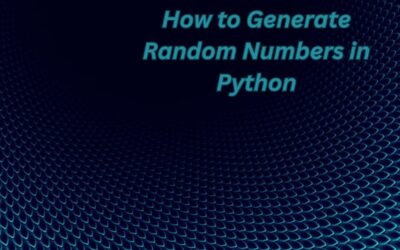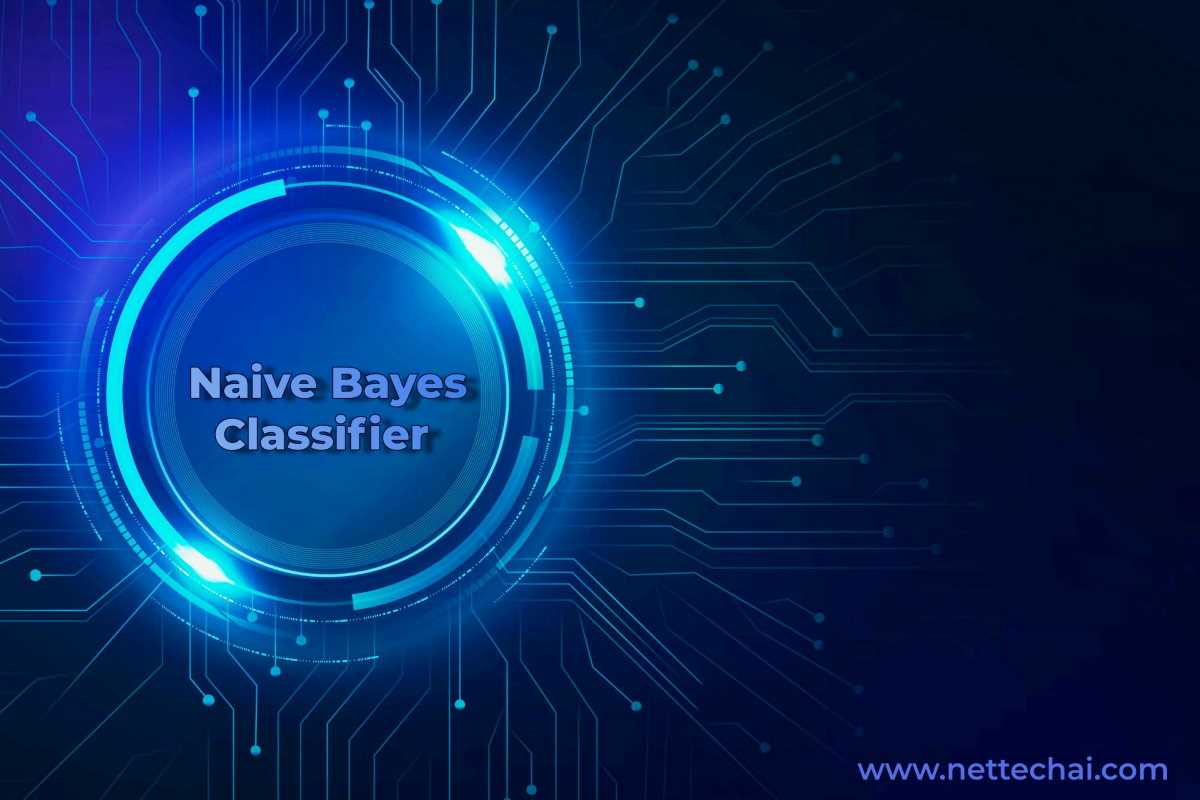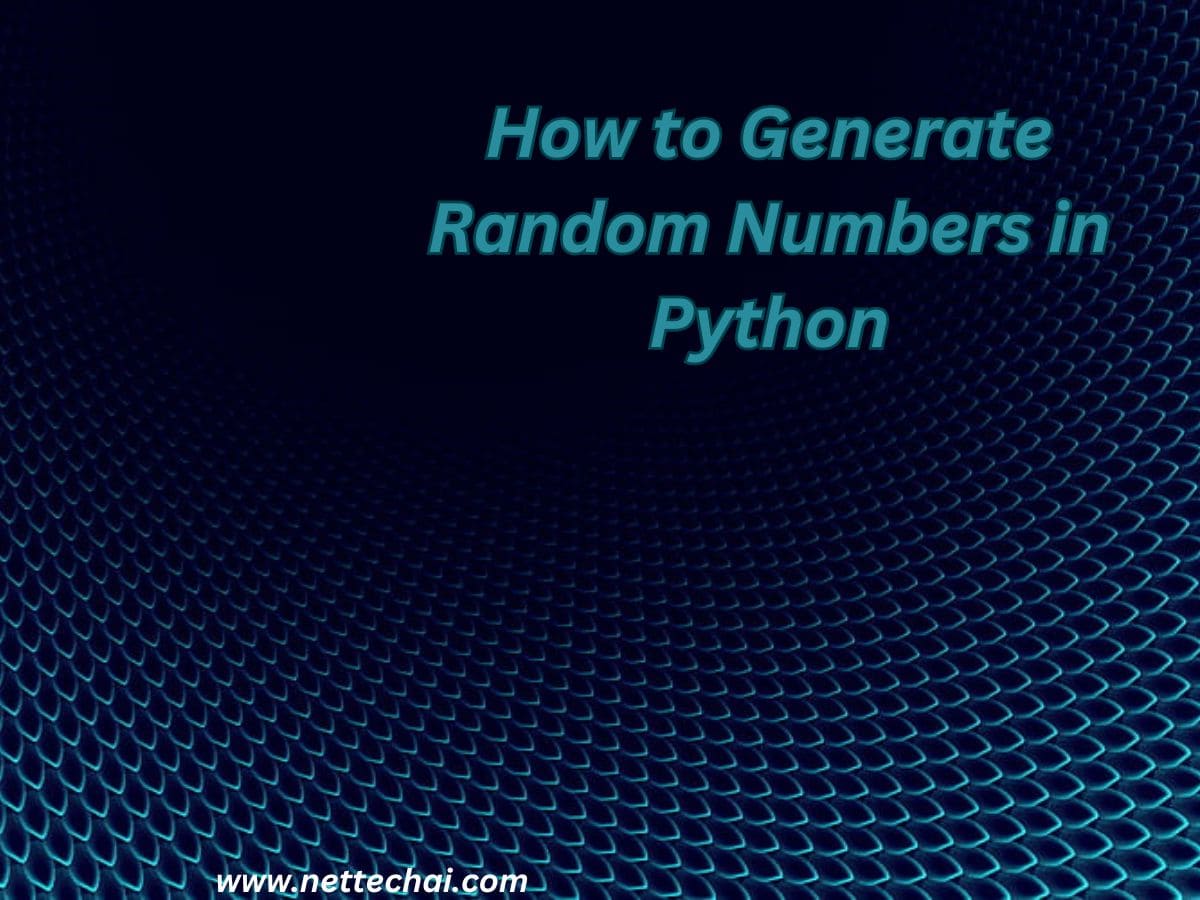In the vibrant landscape of data analysis and machine learning, the Naive Bayes classifier stands as a beacon of efficiency and accuracy. This algorithm, rooted in probabilistic foundations, has carved its niche as an indispensable tool in various fields, from email filtering to sentiment analysis and beyond. Its unique approach and remarkable speed have made it a preferred choice for professionals aiming to streamline classification tasks, providing swift and accurate solutions. In this comprehensive exploration, we’ll uncover the essence of the Naive Bayes classifier, unraveling its intricacies and demystifying its seemingly simplistic yet incredibly powerful nature.
Core Principles of Naive Bayes Classifier: Decoding the Simplicity and Power
At the heart of the Naive Bayes classifier lie a set of core principles deeply rooted in probability theory and statistical analysis. Despite its apparent simplicity, this algorithm has proven to be remarkably powerful in a wide array of applications. Its effectiveness can be attributed to several fundamental principles, making it one of the most versatile and widely used machine learning techniques.
Bayes’ Theorem: A Foundation of Probabilistic Inference:
Central to the Naive Bayes classifier is Bayes’ Theorem, a fundamental concept in probability theory. Named after Thomas Bayes, an 18th-century mathematician and theologian, this theorem provides a way to revise existing predictions or hypotheses based on new evidence or data. In the context of the Naive Bayes classifier, Bayes’ Theorem serves as the cornerstone for making predictions about the probability of a particular class given a set of features or attributes. By leveraging conditional probabilities, the algorithm calculates the likelihood of each class, enabling it to make informed decisions even in the face of uncertainty.
Independence Assumption: Simplicity in Complexity:
One of the distinctive features of the Naive Bayes classifier is its assumption of feature independence. This “naive” assumption implies that the presence or absence of a particular feature in a class is unrelated to the presence or absence of any other feature. While this assumption might seem oversimplified, it often holds true in practical applications, especially in natural language processing tasks. By assuming independence, the algorithm significantly reduces the complexity of calculations, making it computationally efficient and allowing it to handle large datasets with ease. Despite the simplicity of this assumption, the Naive Bayes classifier frequently outperforms more complex models in real-world scenarios.
Laplace Smoothing: Handling Missing Information:
In real-world datasets, it’s common to encounter unseen or missing features, which can pose a challenge for probabilistic models. To address this issue, the Naive Bayes classifier employs Laplace smoothing, also known as additive smoothing. This technique adds a small constant to the count of each feature, ensuring that no feature has a probability of zero. By incorporating Laplace smoothing, the classifier becomes more robust, preventing overfitting and improving its accuracy, especially when dealing with sparse datasets or when new, previously unseen data is introduced.
Multinomial and Gaussian Naive Bayes: Tailoring to Data Types
The Naive Bayes algorithm comes in various flavors, each designed to handle specific types of data. The Multinomial Naive Bayes variant, for instance, is well-suited for discrete data, making it ideal for text classification tasks where features represent word counts or term frequencies. On the other hand, the Gaussian Naive Bayes variant assumes that features follow a Gaussian (normal) distribution, making it suitable for continuous data. By tailoring the algorithm to different data types, the Naive Bayes classifier becomes incredibly versatile, adapting to a wide range of applications across various domains.
Applications Across Industries
The versatility of the Naive Bayes classifier transcends industry boundaries, finding applications in diverse sectors. In the realm of email communication, this algorithm acts as a vigilant gatekeeper, effortlessly distinguishing between legitimate messages and spam, ensuring our inboxes remain clutter-free. In sentiment analysis, it dissects the nuances of human emotions expressed in textual data, enabling businesses to gauge customer satisfaction, brand sentiment, and market trends with unparalleled precision. Furthermore, in healthcare, it aids in diagnosing diseases based on symptoms, optimizing the decision-making process for medical professionals and enhancing patient care.
Setting Up Your Environment
Before we dive into the implementation, make sure you have Python installed on your system. If not, you can download and install it from the official Python website (python.org). Additionally, having a basic understanding of Python programming and text data preprocessing will be beneficial.
Implementing Naive Bayes Classifier from Scratch
Let’s start by creating a class for our Naive Bayes classifier. In this section, we will cover each step of the implementation process.
Data Preprocessing:
The first step in any machine learning task is data preprocessing. For text classification, this involves tokenization, removing stop words, and converting text into numerical features using techniques like TF-IDF (Term Frequency-Inverse Document Frequency).
Calculating Class and Word Probabilities:
Next, we calculate the probabilities of each class and the conditional probabilities of words given the class labels. This step involves counting the occurrences of words in each class and dividing them by the total number of words in that class.
Making Predictions Naive Bayes:
To predict the class of a new document, we compute the likelihood of each class for the given document and select the one with the highest likelihood as our prediction.
Challenges and Best Practices in Text Classification
While Naive Bayes is a robust algorithm, there are certain challenges and best practices to keep in mind when working with text classification tasks:
Dealing with Imbalanced Data:
In real-world scenarios, data is often imbalanced, meaning some classes might have significantly fewer samples than others. Techniques like oversampling, under sampling, or using more advanced algorithms can mitigate this issue.
Handling Out-of-Vocabulary Words:
New, unseen words can pose a problem. Dealing with out-of-vocabulary words requires robust strategies such as using character-level embeddings or handling unseen words gracefully during inference.
Naive Bayes Classifier used in communication
Spam Email Filtering:
One of the most prevalent uses of the Naive Bayes classifier is in email systems to filter out spam messages. By analyzing the content and language of incoming emails, the classifier can swiftly determine whether a message is spam or legitimate, ensuring that users’ inboxes remain clutter-free and secure from malicious or unwanted communication.
Sentiment Analysis:
In the age of social media and online reviews, businesses and organizations rely on sentiment analysis to gauge public opinion about their products, services, or brands. The Naive Bayes classifier is instrumental in sentiment analysis tasks, helping organizations understand the sentiment behind customer feedback, social media posts, and online comments. This analysis is invaluable for making data-driven decisions and shaping communication strategies.
Topic Categorization:
In large-scale communication platforms like news websites or social media aggregators, Naive Bayes classifiers categorize articles, posts, or messages into specific topics or themes. By analyzing the words and phrases used in the content, the classifier can accurately categorize information, making it easier for users to navigate and find relevant communication pieces.
Language Detection:
In multilingual communication platforms, language detection is crucial for providing personalized user experiences. Naive Bayes classifiers, trained on language-specific datasets, can quickly identify the language of a given text. This capability is essential for online translation services, customer support platforms, and international communication applications.
Fake News Detection:
In the era of information overload, identifying authentic news sources from misleading or fake ones is a critical challenge. Naive Bayes classifiers, by analyzing the language patterns and context of news articles, can assist in detecting potentially misleading or fabricated news stories. This application is vital for maintaining the integrity of communication channels and combating misinformation.
Customer Feedback Analysis:
Businesses often collect vast amounts of customer feedback through surveys, reviews, or comments. Naive Bayes classifiers help analyze this feedback by categorizing comments into different sentiment categories (such as positive, negative, or neutral) or specific topics. This analysis provides valuable insights into customer satisfaction, enabling businesses to enhance their products and services and improve communication strategies.
Conclusion
In this article, we have explored the Naive Bayes classifier (read more), a powerful algorithm for text classification. By understanding its principles and implementing it from scratch in Python, you have gained valuable insights into the world of machine learning and natural language processing.
Text classification is a vast and ever-evolving field. As you continue your journey in the world of machine learning, remember that practice, experimentation, and continuous learning are the keys to mastering this exciting domain.
Happy coding and may your algorithms always be accurate and your models ever efficient!






